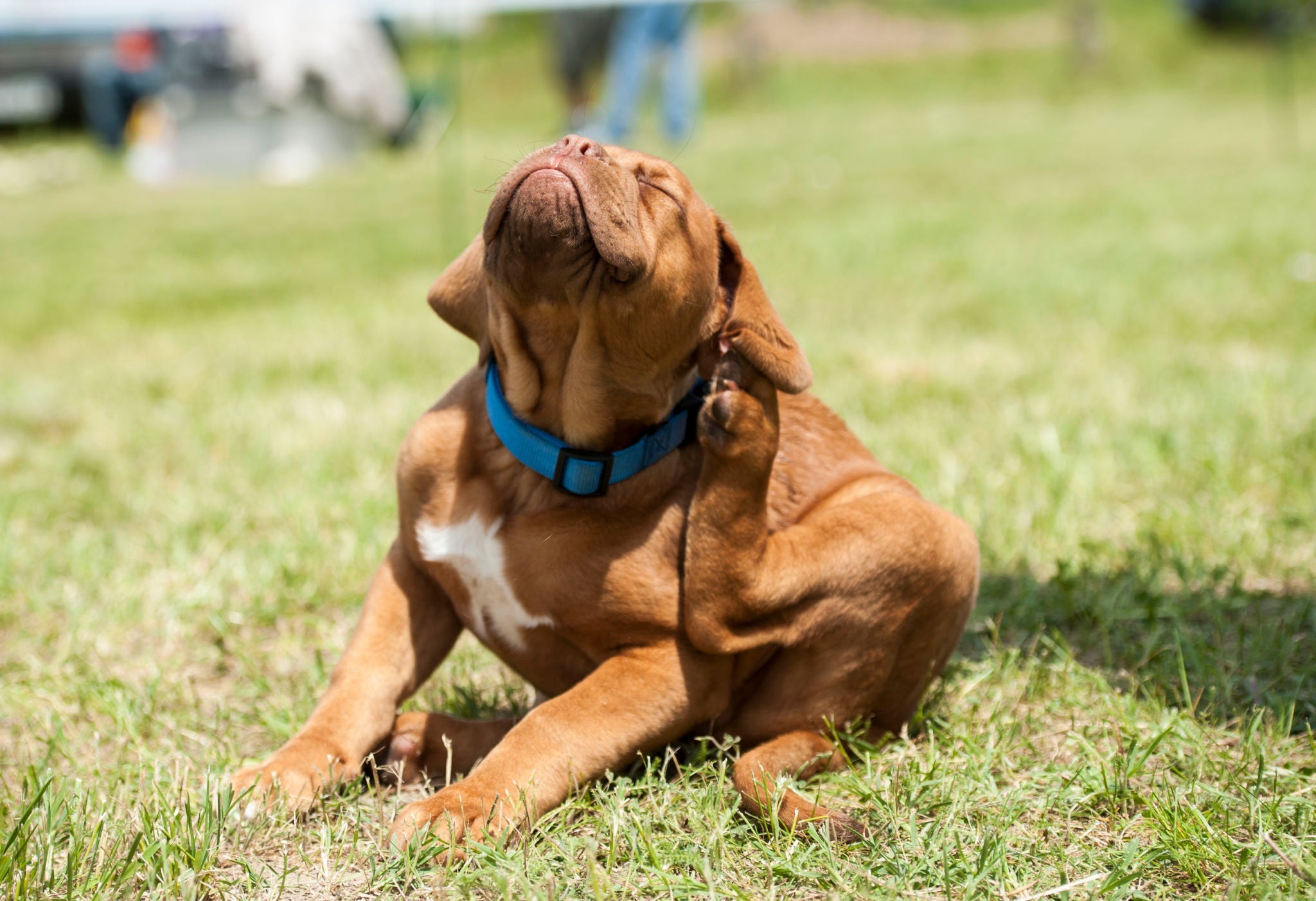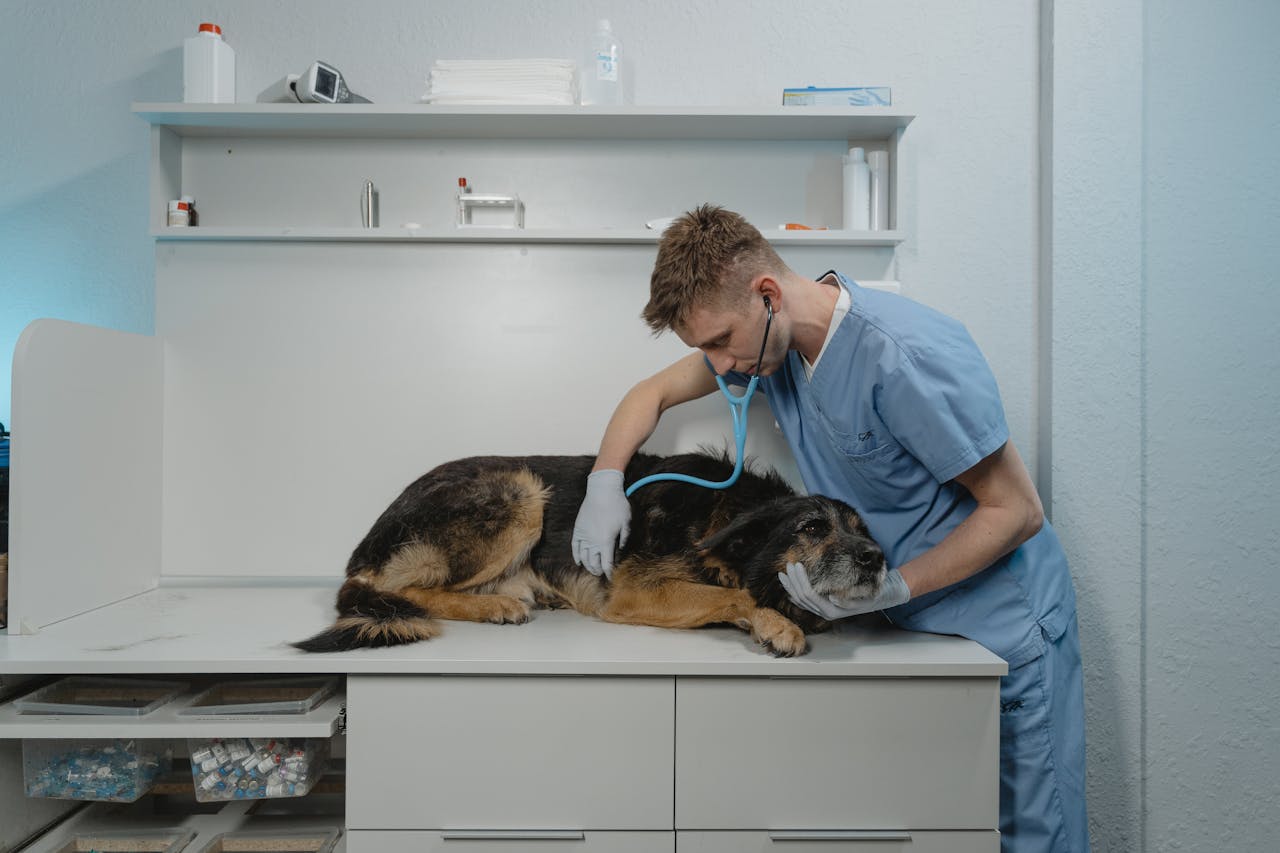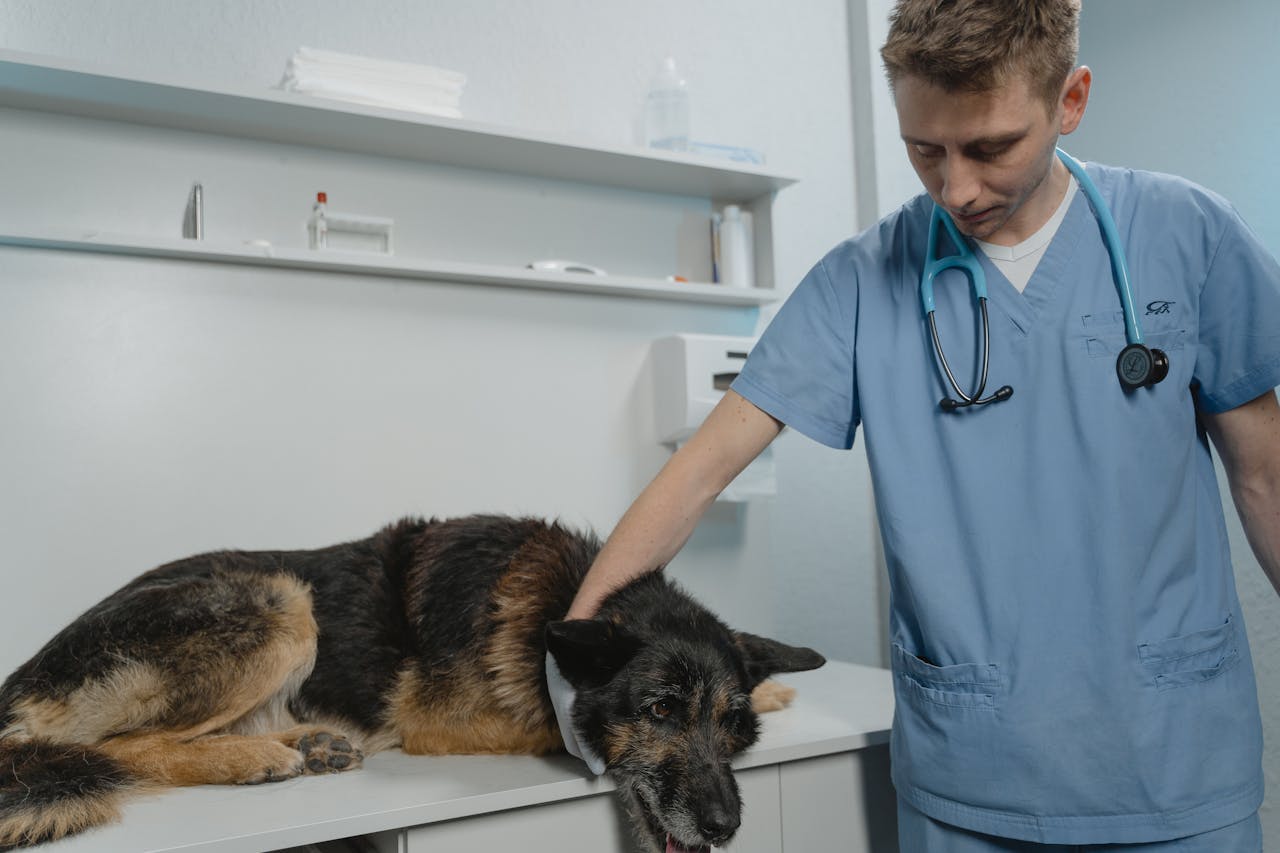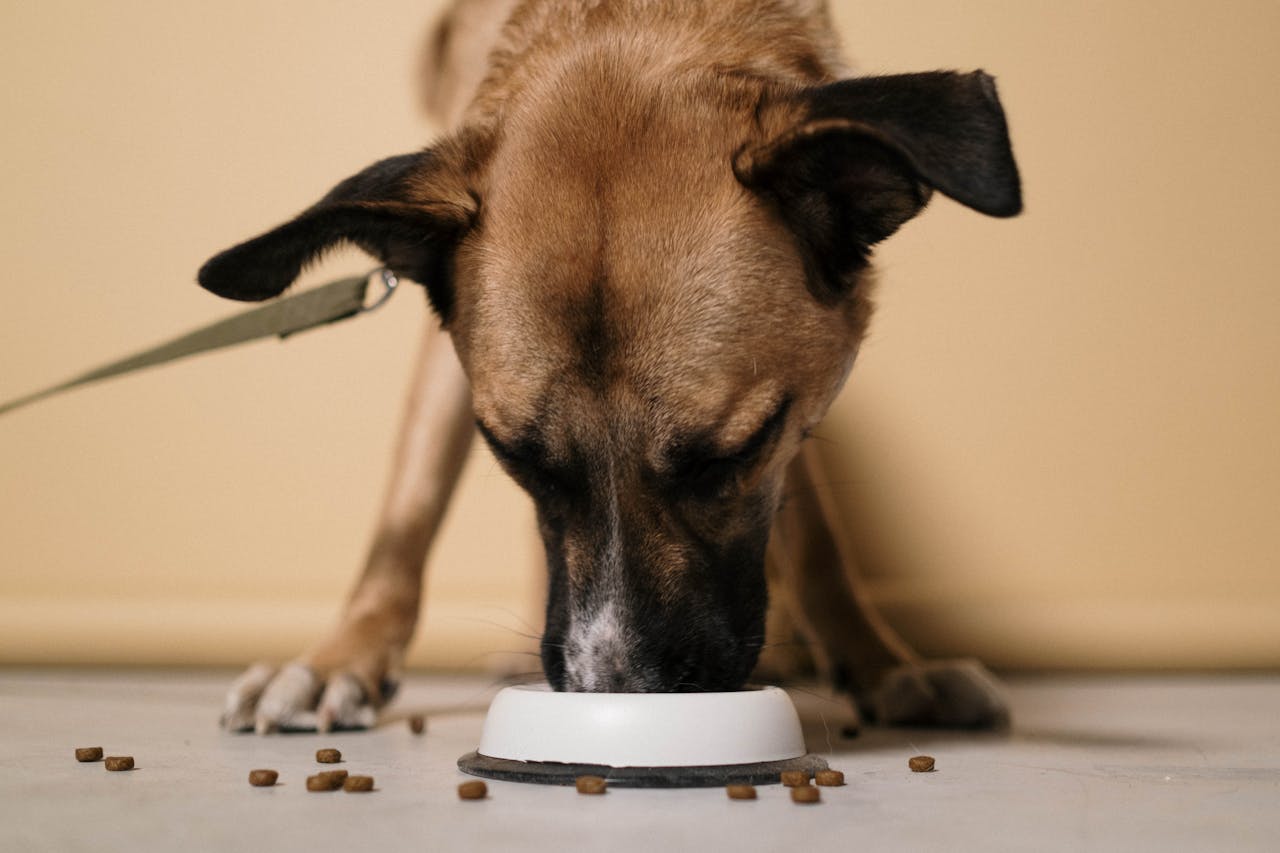How to Check Your Dog for Ticks

Ticks are more than just pesky parasites—they can transmit serious diseases like Lyme disease and ehrlichiosis. As a pet parent, knowing how to do a proper dog tick check is one of the most important parts of dog grooming and tick control.
This guide will walk you through where to find ticks on dogs, how to spot early warning signs, and safe tick removal from dogs.
Note: Always contact your vet if you suspect tick-borne illness or if you’re unsure about safe removal.
Why Tick Checks Are Important
Ticks attach themselves to your dog’s skin to feed on blood. The longer they stay attached, the higher the risk of disease transmission. Regular tick inspection for dogs after walks, hikes, or playtime outdoors is essential for prevention and early detection.
Where to Find Ticks on Dogs
Ticks often crawl before attaching, so they can be found in hidden, warm, or less visible spots. Be sure to check:
- Ears and ear folds
- Around the eyes
- Under the collar or harness
- Between the toes and paw pads
- Armpits and groin areas
- Tail base and underside
These are the most common places for ticks to hide, but a full-body inspection is best practice.
Signs of Ticks on Dogs
Beyond visibly spotting them, here are other signs of ticks on dogs:
- Excessive scratching or nibbling at a spot
- Small lumps or bumps on the skin (ticks can feel like warts)
- Scabs or redness around bite areas
- Restlessness or unusual discomfort
- In severe cases: fever, lethargy, or loss of appetite (signs of tick-borne illness)
If you notice these symptoms, do a closer inspection immediately.
How to Perform a Tick Inspection for Dogs
- Run your fingers slowly through your dog’s coat, pressing gently to feel the skin.
- Use a fine-toothed comb to separate fur for a clearer view.
- Pay special attention to the hidden areas listed above.
- If you find a tick, don’t panic—move on to safe removal.
Tip: Doing a dog tick check during grooming sessions or after outdoor adventures makes it part of your regular care routine.
Tick Removal from Dogs: Step-by-Step
- Use fine-tipped tweezers or a tick removal tool.
- Grasp the tick as close to the skin as possible.
- Pull upward steadily without twisting, to avoid leaving parts embedded.
- Clean the area with antiseptic.
- Dispose of the tick safely (alcohol solution or sealed bag).
- Monitor your dog for signs of infection or illness.
Note: Do not use petroleum jelly, nail polish, or heat—these methods are unsafe and ineffective.
Tick Prevention Tips
Preventing ticks is just as important as removing them. Here are vet-approved tick prevention tips:
- Use monthly preventatives (oral or topical, as recommended by your vet).
- Keep grass and bushes trimmed in your yard.
- Check your dog after every walk, especially in wooded or grassy areas.
- Wash bedding and toys regularly.
- Schedule routine dog grooming and tick control with a professional.
Final Thoughts: Make Tick Checks Routine
Ticks are small, but their impact on your dog’s health can be huge. Regular tick inspection for dogs, combined with preventative care, is the best way to keep your pup safe and comfortable. By knowing where to find ticks on dogs and acting quickly with safe removal, you’ll prevent bigger health risks down the road.
Reminder: Always follow your vet’s guidance on preventatives and tick removal to ensure safe, effective care.






